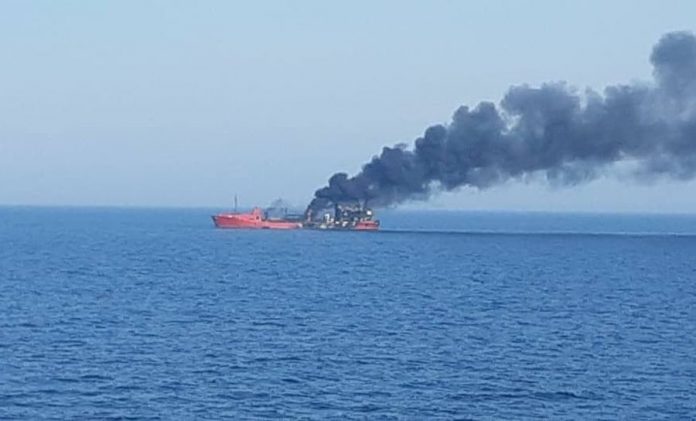By James Rogers and George Scutaru*
Since February 2022, Britain’s presence in the Black Sea has shrivelled up. Between 2014 and 2021, the Royal Navy deployed 11 warships to the Black Sea – most famously in June 2021, when HMS Defender challenged Russia’s illegitimate claims over Ukrainian waters surrounding Crimea, Britain’s World reports.
No British vessel has visited the region since then because Türkiye implemented the provisions of the 1936 Montreux Convention to bar passage of Russian and Ukrainian warships as belligerents through the Dardanelles and Bosphorus and asked non-regional allies not to risk escalation of the conflict by sending warships into the Black Sea (even though non-belligerent).


